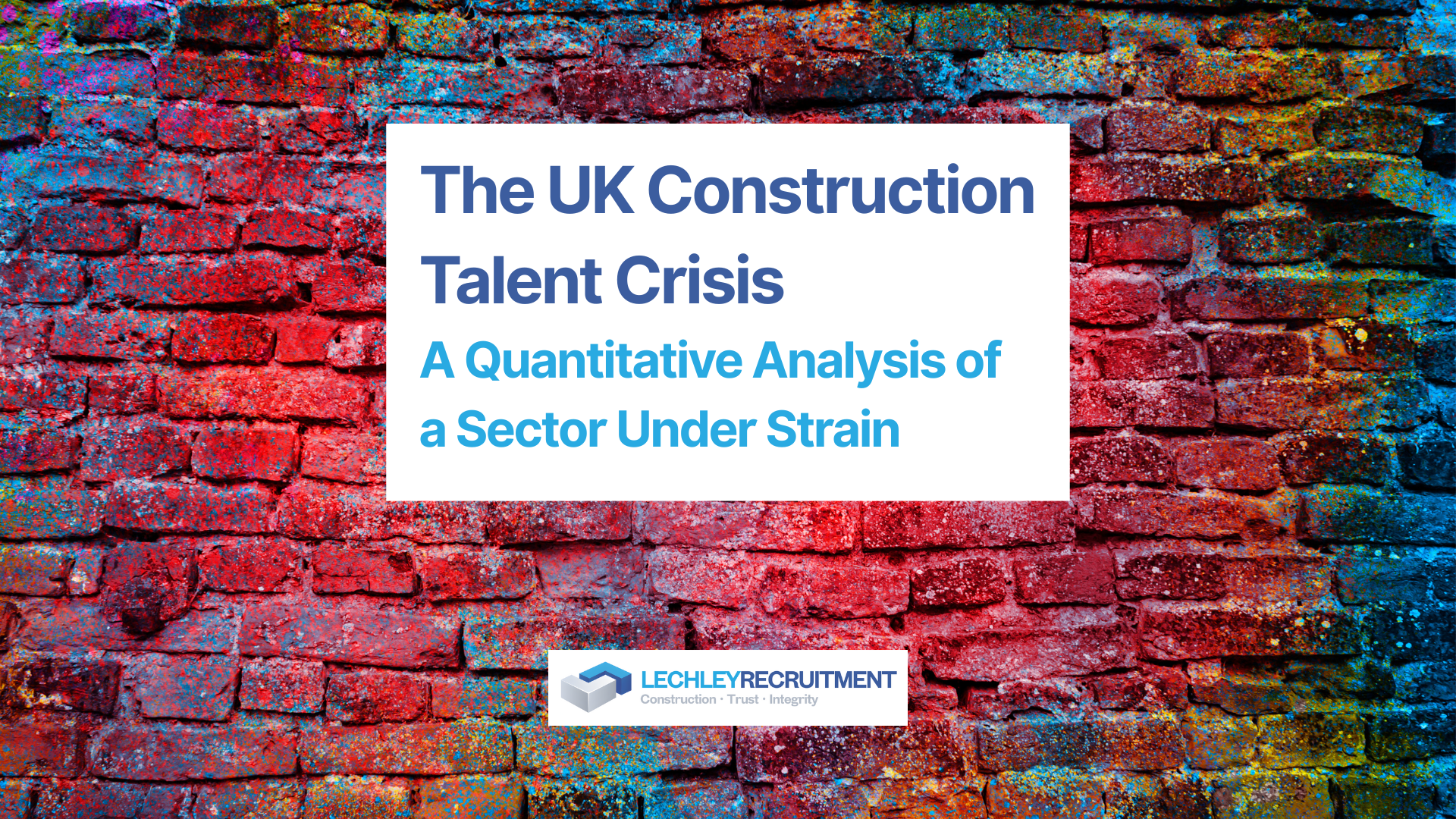Fostering a Gender-Balanced Construction Industry
Building a More Diverse Workforce

Introduction: Building a More Diverse Workforce
A primary focus within the construction sector is to reshape outdated preconceptions and dismantle the one-dimensional image often associated with the industry. An increasing number of women are opting for careers in construction, a field traditionally dominated by men. The sector is home to thousands of exceptionally talented female construction professionals advancing to senior positions. Ensuring equal opportunities and promoting a more gender-equal workforce is paramount. The goal is for future generations to recognise that the construction process encompasses a wide array of roles beyond on-site work and to normalise the presence and leadership of women across all facets of the industry.
To this end, collaborations with educational institutions, including schools and colleges, are vital. These partnerships aim to showcase the diverse opportunities construction offers to younger generations. Technology has significantly transformed the industry, demanding highly qualified individuals, both men and women, to deliver complex and innovative projects.
Pathways into Construction: Apprenticeships
Apprenticeship programmes offer an excellent route into a construction career. Many organisations within the sector provide apprenticeships across a variety of disciplines. Common areas include:
- Construction and Site Management
- Quantity Surveying
- Building Services
- Architecture
- Information Technology
- Business and Administration
- Supply Chain Management
Prospective candidates are encouraged to inquire about specific interests, as new programmes and specialisations are continually being developed and approved.
Core Mission: Industry Aspirations
Industry-wide programmes and activities are generally focused on:
- Adding tangible value to local communities.
- Inspiring and motivating individuals to achieve their potential.
- Cultivating a positive and accurate perception of the construction industry.
"With the skills shortage and the great opportunities out there, it’s a great time to be joining the industry. A career in surveying brings you opportunities to travel to work on interesting projects whilst meeting great people and learning something new every day." - An Industry Professional
Perspectives from Women in Construction
Early Careers:
Sarah, a Trainee Quantity Surveyor, is pursuing a five-year degree apprenticeship in Quantity Surveying and Commercial Management, which combines four days of work with one day at university. This learn-while-you-earn model suits her, allowing progression based on hard work and practical experience. The dynamic nature of the job, with its constant evolution as a build progresses, initially attracted Sarah to the construction sector. She highlights that the industry offers new and unique opportunities and is constantly embracing technological advancements. Whilst acknowledging it's a fast-paced environment, Sarah finds it highly rewarding.
When asked about being a woman in construction, Sarah stated: "It’s about being confident enough to use your skill set and knowledge to make the right decisions and listen to others’ thoughts and ideas, giving and receiving respect. Once you can do this on a job site, then you earn respect as a professional regardless of your gender."
Olivia, another Trainee Quantity Surveyor, entered the construction industry in 2018 after taking a gap year following sixth form. Unsure of her career path post A-Levels, research led her to Quantity Surveying. The prospect of working full-time whilst studying part-time for a degree appealed to her, enabling her to gain direct experience in her career whilst her learning was supplemented by lectures and modules taught by industry professionals.
Olivia observes: "No two days are the same in this industry and you can never predict what will happen. One hour you’re at your desk on excel and the next you’re on site with your PPE on discussing construction procedures." She also adds: "Being a woman in the construction industry is not a challenge for me at all. I have never been fazed by gender when it comes to pursuing something."
Working on Site:
Chloe, a Technical Information Manager involved in major projects, has over a decade of experience in construction. She believes there's a common misconception that construction skills are confined to manual labour or traditionally 'male roles', which she asserts is far from reality. Construction skills, she explains, are diverse, encompassing technical expertise alongside soft skills like team building, and managing people and resources. Construction means managing a complex project with a fixed budget and a set deadline, using technologies and digital efficiencies that can then be applied to other sectors. Being part of a team that leaves a legacy behind which can be enjoyed by others and remains beyond her lifetime is what Chloe loves the most about her role. Chloe studied a BA in Linguistics and BSc in Management Studies, as well as completing several industry-specific technical courses throughout her career.
Chloe acknowledges that being a woman in construction has sometimes proven a challenge, however, she acknowledges that every working environment has its own trials. "Exposure to what is different, perseverance and knowledge make every environment less daunting," she said.
Senior Roles:
Sophie, a Design Director with over 25 years of experience in the industry, was drawn to architecture from a young age, often sketching buildings and landscapes. Being in the construction industry allows Sophie to create amazing buildings and spaces, from award-winning residences to museum galleries, from someone’s initial thought or sketch. "I’m the one who gets to bring it to life." With a degree in Construction Engineering Management, Sophie has worked in the construction industry since graduating. She started off as an assistant project manager on a graduate training programme and after three years became a package manager. From this, Sophie moved to a company specialising in high-end residential projects, working as a design manager, building luxury residential projects. Following recession, Sophie moved back to ‘mainstream construction’, working on a number of central London offices and hotels, developing the design with architects and engineers.
She believes the challenges you face in the industry are the same whether male or female. "Being a woman can sometimes be an advantage," Sophie notes. "You bring a different dimension and it’s easy to make yourself heard as the only female in the room." She further reflects: "Construction is the process of making a meaningful whole out of many parts to create a lasting legacy – I am lucky enough to be at the centre of this process."
Starting a Career in Construction
Individuals with the talent to succeed and the desire to work with us are encouraged to research companies directly, explore industry-specific career portals, and contact professional bodies for information on available opportunities and guidance.
Build Your Future
The construction industry is evolving, dynamic, and offers a breadth of rewarding career paths for talented individuals from all backgrounds. If you are looking for a challenging and impactful career where you can contribute to building the future, now is the time to explore what construction has to offer.
- Students and School Leavers: Investigate apprenticeship programmes, speak to careers advisors about construction-related qualifications, and attend industry open days.
- Career Changers: Your existing skills and experience can be highly valuable. Research roles that align with your expertise and explore conversion courses or retraining opportunities.
- Industry Professionals: Continue to champion diversity and inclusion within your organisations. Mentor newcomers and advocate for a more balanced and representative workforce.
Together, we can continue to build an industry that is innovative, inclusive, and attractive to all. Your skills, perspective, and ambition are needed. Explore a career in construction today.





